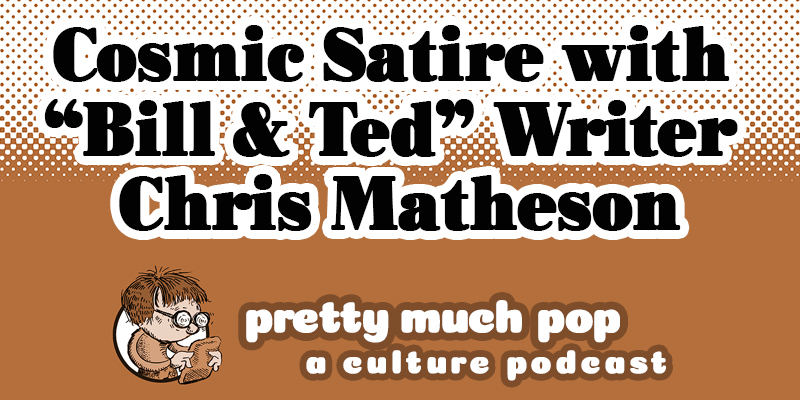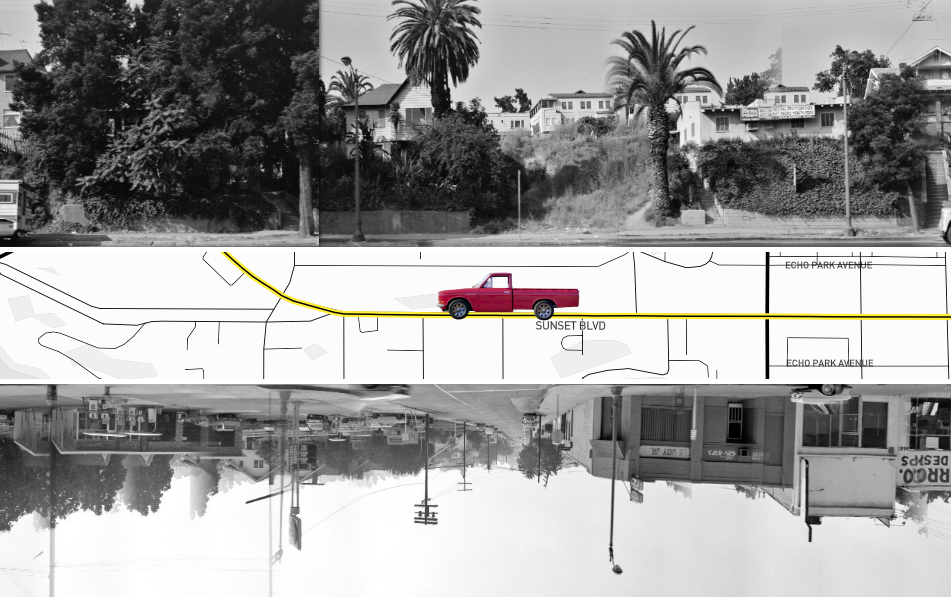Without massive feats of engineering we rarely notice anymore because they seem so commonplace, the built environments we navigate each day wouldn’t exist. When we do turn our attention to how the buildings get made, we are met with surprises, curiosities, puzzles, moments of wonder. How much more is this the case when learning about fixtures of cities that are hundreds or thousands of years old, constructed with what we would consider primitive methods, producing results that seem superior in durability and aesthetic quality to most modern structures?
Of course, while modern structures can take months or even weeks to finish, those of a more ancient or medieval age were constructed over decades and repaired, rebuilt, and restored over centuries. Consider the Charles Bridge, which crosses the Vltava (Moldau) river in Prague.
Construction began on the famous structure—nearly 1,700 feet (516 meters) long and 33 feet (10 meters) wide—in 1357 under King Charles IV. Forty-five years later, in 1402, the bridge was completed. It was damaged in the Thirty Years’ War, then repaired, damaged in floods in the 15th, 18th, and 19th centuries, and repaired, and updated with more modern appointments over time, such as gaslights. But its bones, as they say, stayed strong.
In the digitally animated video above, you can watch the initial construction process in fast-motion–nearly half a century condensed into 3 minutes. Built by architect Peter Parler, it was originally called Stone Bridge. It acquired the king’s name in 1870. “The low-lying medieval structure,” notes Google, who celebrated the 660th anniversary of the bridge in 2017, “is comprised of 16 shallow arches and three Gothic towers, and lined with 30 Baroque-style statues,” added some 200 years ago. Every building has its secrets, and the Charles Bridge no doubt has more than most. One of the first has nothing to do with hidden chambers or buried remains. Rather, “according to legend, during construction, masons added a secret ingredient that they thought would make it stronger: eggs!”
See more animated videos of vintage construction at the Praha Archeologicka channel on YouTube and learn much more about medieval Prague’s many architectural surprises at their site.
via Twisted Sifter
Related Content:
A Virtual Time-Lapse Recreation of the Building of Notre Dame (1160)
Take an Aerial Tour of Medieval Paris
Josh Jones is a writer and musician based in Durham, NC. Follow him at @jdmagness







